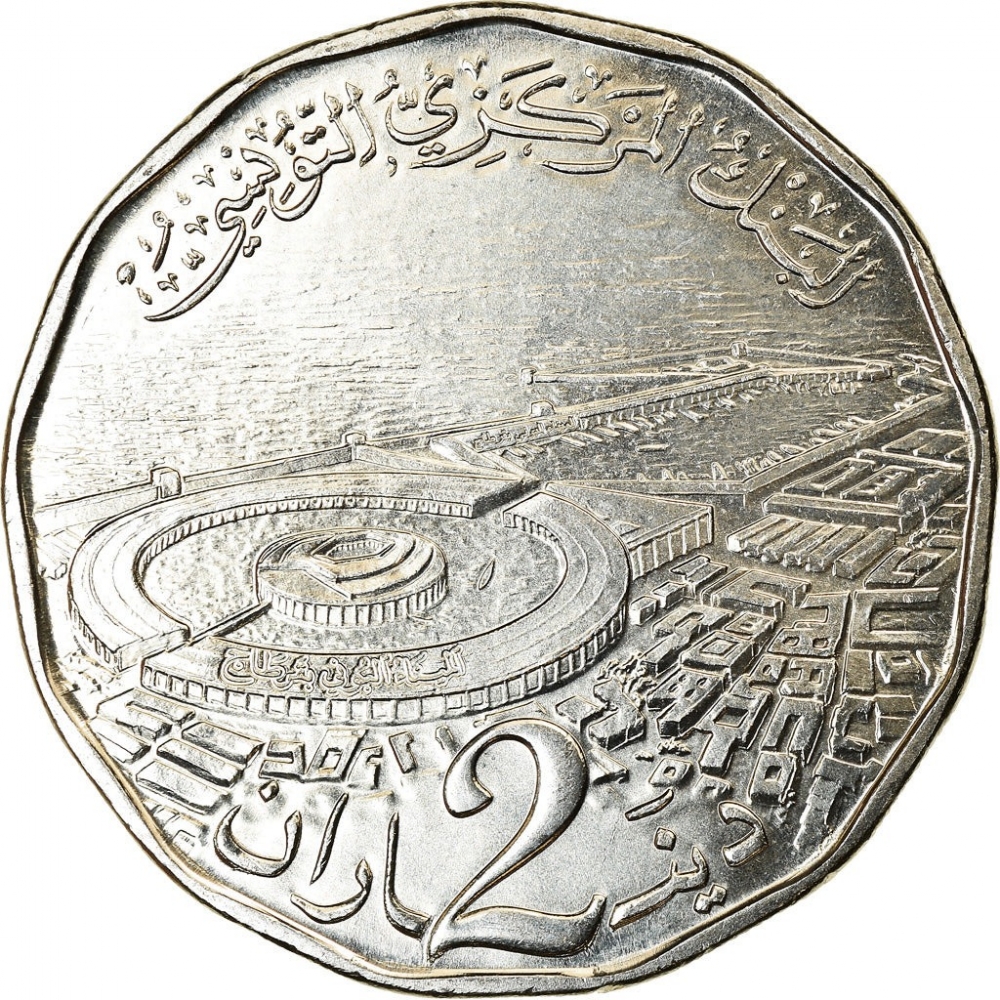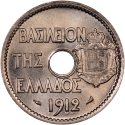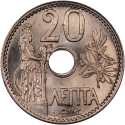You are about to finish your registration. Please check your mailbox (including spam folder). There should be a letter with a confirmation link. Check setting to make sure that your e-mail address is correct.
Send letter again
Obverse

|
Depicts an olive tree within a circle surrounded by oak branches, the inscription in Arabic "Republic of Tunisia" above, date in the Islamic and Gregorian calendars below. الجمهورية التونسية |
|---|---|
Reverse

|
Depicts a general view of the Carthage Punic Harbor and the denomination in Arabic letters and western Arabic numeral below, inscription "Central Bank of Tunisia" above. البنك المركزي التونسي |
| Edge |
Characteristics
| Material | Cupronickel |
| Weight | 11.2 g |
| Diameter | 29.4 mm |
| Thickness | 1.9 mm |
| Shape |
|
| Sides | 13 |
| Alignment | Coin |






_Cents_10/1965-2016_24.02.2016_15.19-125.jpg)
_Cents_10/1965-2016_24.02.2016_15.19_01-125.jpg)